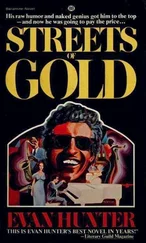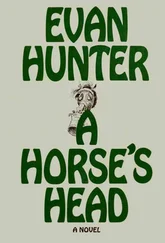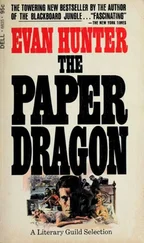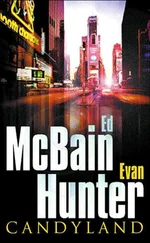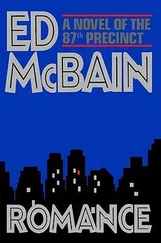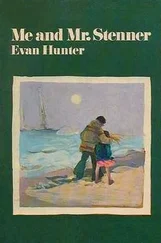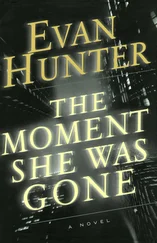The trial material is also factual, but the full transcript ran to 1930 typewritten pages, and it was obviously necessary to abbreviate. I’ve deleted the opposing attorney’s lengthy opening statements and closing arguments. I’ve also deleted any testimony that merely corroborated or repeated what other witnesses had already sworn to or that did not bear conclusively on Lizzie’s guilt or innocence. In addition, I’ve severely curtailed Justice Dewey’s charge to the jury, without diluting its obvious intent.
In condensing further I abandoned customary American trial procedure in favor of a more novelistic approach. In reality the prosecution presents its case first. There is a direct examination of each witness, followed by the defense’s cross-examination. The prosecution is then allowed a redirect, and the defense a re cross. After the prosecution has rested its case, the defense then calls its witnesses, and the same rules of questioning and requestioning apply. In taking dramatic license with this fixed procedure, I have often gone directly to the heart of the testimony without identifying a question as being put by either prosecution or defense. Needless to say, whenever anyone’s testimony reads as a continuous narrative, it does so because I have eliminated the questions entirely and shaped the answers into what appears to be an uninterrupted flow. Most importantly I have often changed the order in which the witnesses actually appeared, sometimes presenting their testimony as an unbroken chain of events arranged in minute-by-minute chronological sequence, and at other times clustering their testimony around the nucleus of a disputed point, so as to achieve greater clarity and understanding on that point. In no instance have I knowingly distorted the meaning of what was said. The words are those of the lawyers, judges, and witnesses themselves.
Lizzie’s European trip is premised solely on the various mentions of it made during the inquest and the trial; I searched in vain for further information about it. The reconstructed trip, then, is entirely fictitious, its details culled from newspaper articles, magazine pieces, pamphlets and travel books of the period. I shall be forever grateful to a Mrs. Juliette Adam, who — in writing to the North American Review in 1890 — provided the inspiration for the American-Girl-as-Orchid metaphor. I should say a word or two about the quatre à cinq. I am fully aware that it is currently called cinq à sept, but the expression I’ve used is accurate for the times. In France the cinq à sept is still known as I’heure de femme — the hour of the woman.
While not an entirely unsupported conjecture, Lizzie Borden’s lesbianism should also be taken as part of the fiction.
Shortly after the trial Lizzie adopted the name Lizbeth and moved into a new and luxurious home. In 1897 a warrant for her arrest was issued, charging that she had stolen two inexpensive paintings on marble from the Tilden-Thurber Company in Providence. The warrant was never served. [1] Providence Daily Journal, February 16, 1897, p. 1.
According to one source, the paintings were called Love’s Dream and Love’s Awakening. [2] Victoria Lincoln, A Private Disgrace: Lizzie Borden By Daylight (New York: G. P. Putnam’s Sons, 1967), p. 305.
At the turn of the century, a man divorcing his wife on charges of lesbianism named Lizbeth A. Borden of Fall River as corespondent. Judge William Trowbridge Forbes of the Probate Court in Worcester County dismissed the charges as frivolous. [3] Agnes DeMille, Lizzie Borden: A Dance of Death (Boston: Little, Brown, 1968), p. 84.
Emma lived with her sister in the new house on French Street until 1905, when — after an argument following the midnight entertainment of Lizzie’s close friend, the actress Nance O’Neil — she packed her bags and left the house, [4] Boston Sunday Herald, June 4, 1905, p. 11.
never to return, never to see Lizzie again. In a later interview, Emma said, “The happenings at the French Street house that caused me to leave, I must refuse to talk about. I did not go until conditions became absolutely unbearable. Then, before taking action, I consulted the Rev. A. E. Buck. After carefully listening to my story, he said it was imperative that I should make my home elsewhere. I do not expect ever to set foot on the place while she lives.” [5] Boston Sunday Post, April 13, 1913, p. 25.
A poem carved into the wood above the fireplace in Lizzie’s new bedroom read:
And old time friends, and twilight plays
And starry nights, and sunny days
Come trouping up the misty ways
When my fire burns low.
Carved into the mahogany mantel of the library fireplace were the words “ At Hame in My Ain Countrie,” taken from a poem by the Scottish poet Allan Cunningham. When Lizzie died in 1927, at the age of sixty-eight, the soloist at her funeral sang a song composed to those words.
Clause 28 of Lizzie’s will read: “I have not given my sister, Emma L. Borden, anything as she had her share of her father’s estate and is supposed to have enough to make her comfortable.” She signed the will as both Lizzie A. Borden and Lizbeth A. Borden.
Her sister died ten days later in Newmarket, New Hampshire.
They are both buried in Fall River’s Oak Grove Cemetery, where the remains of Mr. and Mrs. Borden also lie.
Bridget Sullivan died in Butte, Montana, in March of 1948, at the age of eighty-two. She had gone west fifty-one years earlier, had settled in Anaconda, married a man whose last name was also Sullivan and — according to at least one report — had numerous children.
Providence Daily Journal, February 16, 1897, p. 1.
Victoria Lincoln, A Private Disgrace: Lizzie Borden By Daylight (New York: G. P. Putnam’s Sons, 1967), p. 305.
Agnes DeMille, Lizzie Borden: A Dance of Death (Boston: Little, Brown, 1968), p. 84.
Boston Sunday Herald, June 4, 1905, p. 11.
Boston Sunday Post, April 13, 1913, p. 25.


